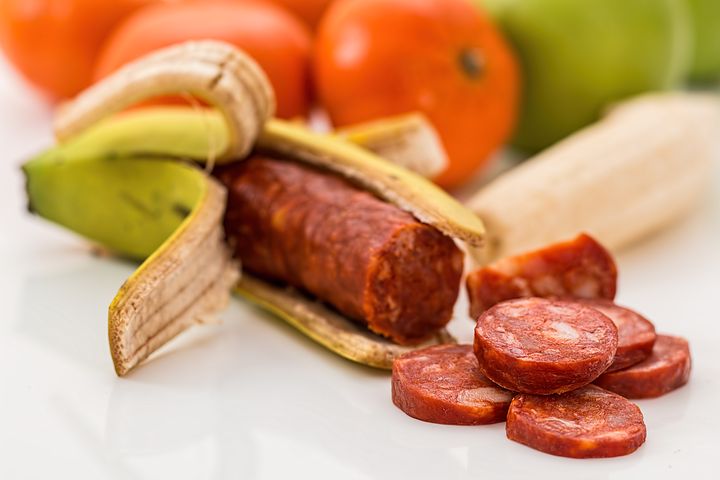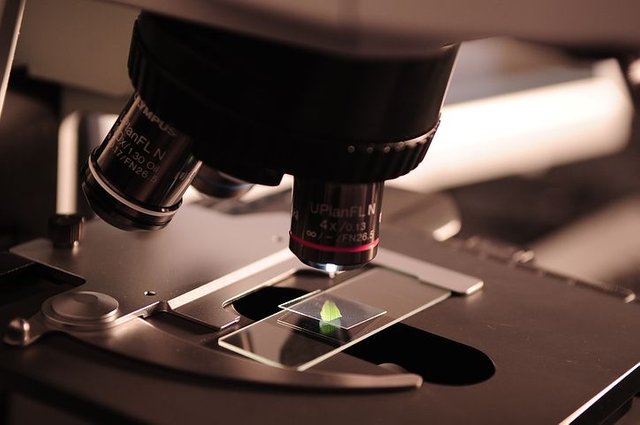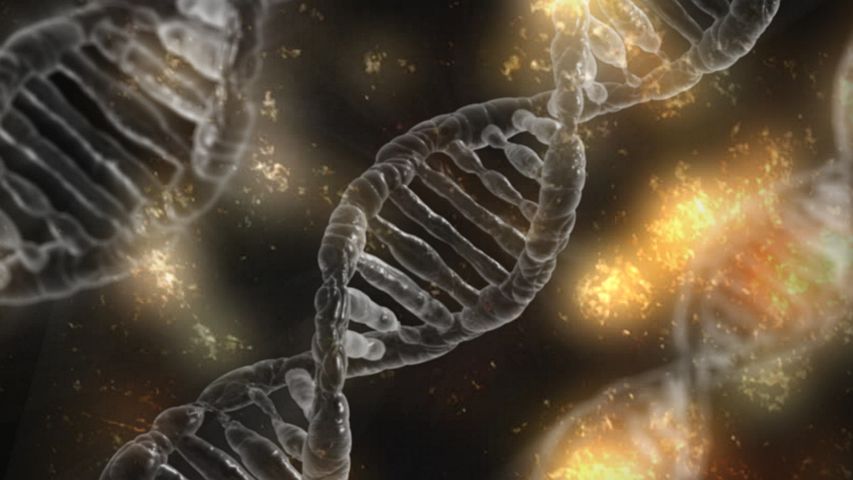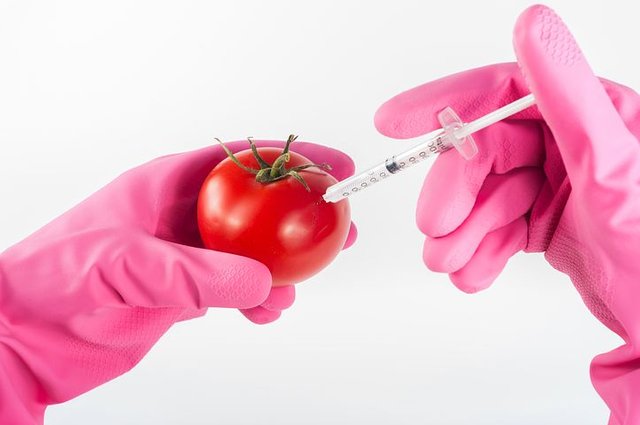BIOTECHNOLOGY: A MENACE OR A WAY FORWARD

Imagine a world where you could be anything you want, possess any traits you so desire which you were not born with. As a short individual imagine being modified to look like a giant..cool right? Imagine having another version of you. Imagine replicating that lovely pet of yours before the sick one dies. What would you give to be modified to become a genius with a very high IQ? What about foods? Imagine growing crops that would germinate and mature within a week.
Would that be going too extreme or a positive development? Well all these are very possible and even more and is attainable through BIOTECHNOLOGY . That begs the question what is biotechnology??
BIOTECHNOLOGY
From the name,it is a combination of biology and technology. It is the use of technology to modify or upgrade the part or whole of biological system for industrial and human welfare.
For a lay man's understanding - Biotechnology is the use of living things especially cells and bacteria for production of various products for benefitting human beings
It is a combination of various technologies applied together to living cells, including not only biology, but also subjects like mathematics, physics, chemistry and engineering.
Biotechnology has been in existence for a very long time. The people were making use of biotechnology techniques for thousands of years but the name was not given yet until in 1919 when a Hungarian Engineer Karoly Ereky gave the name biotechnology to describe a technology based on converting raw materials into more useful products.
Below is a brief history of Biotechnology
BRIEF HIGHLIGHTS OF THE HISTORY OF BIOTECHNOLOGY
•The ancient Egyptians made wine using fermentation techniques based on an understanding of the microbiological processes that occur in the absence of oxygen.
• Egyptians also applied fermentation technologies to make dough rise during bread-making.
• Yogurt was made at homes but the reason of the conversion of milk into yogurt was unknown to old people. Later researches showed that yogurt is made due to the action of yeast added to milk; which is also biotech as it uses a micro-organism for benefitting human
MODERN BIOTECHNOLOGY (After 2nd world war new discoveries were reported)
• In 1953, JD Watson and FHC Crick for the first time cleared the mysteries around the DNA as a genetic material by giving a structural model of DNA, popularly known as "Double Helix Model of DNA"
• Dr. Hangobind Khorana was able to synthesize the DNA in a test tube, while Karl Mullis added value to Khorana's discovery by amplying DNA in a test tube, thousand times more than the original amount of DNA.
• Using this technological advancement , other scientists were able to insert a foreign DNA into another host and were even able to monitor the transfer of a foreign DNA into the next generation.
Modern biotechnology provides breakthrough products and technologies to combat rare diseases, reduce our environmental footprint, feed the hungry, use less and cleaner energy and have safer , cleaner and more efficient industrial manufacturing processes

There are certain fields of biotechnology and in the course of this discuss a little light will be thrown to those parts for better understanding. They include:
1) Genetic engineering
2) Tissue culture
3) Cloning
1) GENETIC ENGINEERING - It is also called genetic modification and as the name implies it is the direct manipulation of an organism's genome(complete genetic information) using biotechnology. It is the manipulation of DNA molecules to produce modified plants, animals or other organisms. DNA is the part of a cell that controls the genetic information of an animal or plant and is present in every cell of an organism.
The genetic information is contained in individual units or sections of DNA called genes. The genes that are passed from parent to offspring determine the traits that the offspring will have. Scientists are now able to isolate the gene or genes for the traits they want in one animal or plant and move them into another. The movement of a gene from one organism to another is called recombinant DNA technology.
2) TISSUE CULTURE - This is simply a method of biological research in which fragments of tissue from an animal or plant are transferred to an artificial environment in which they can continue to survive and function. The cultured tissue may consist of a single cell, a population of cells, or a whole or part of an organ. Cells in culture may multiply, change size, form or function, exhibit specialized activity or interact with other cells.
3) CLONING - This describes the process used to create an exact genetic replica of another cell, tissue or organism. The copied material, which has the same genetic makeup as the original is referred to as a clone. The most famous clone was a scottish sheep named Dolly.
There are 3 different types of cloning:
a) Gene cloning which creates copies of genes or segments of DNA
b) Reproductive cloning, which creates copies of whole animals
c) Therapeutic cloning, which creates embryonic stem cells. Researchers hope to use these cells to grow healthy tissue to replace injured or diseased tissues in the human body.

MECHANISM OF BIOTECHNOLOGY
How does biotechnology work? It is a known fact that all organisms are made up of cells that are programmed by the same basic genetic material called DNA ( Deoxyribonucleic Acid). Each unit of DNA is made up of a combination of the following nucleotides - Adenine(A), Guanine(G), Thymine(T), and Cytosine(C) - as well as a sugar and a phosphate. These nucleotides pair up into strands that twist together into a spiral structure called a "double helix" . This double helix is DNA. Segments of the DNA tell individual cells how to produce specific proteins. These segments are genes and it is the presence or absence of the specific protein that gives an organism a trait or characteristic.
When cells reproduce , the DNA strands of the double helix separate. Because nucleotide A always pairs with T and G always pairs with C, each DNA strand serves as a precise blueprint for a specific protein. Except for mutations or mistakes in the replication process, a single cell is equipped with the information to replicate into millions of identical cells. Because all organisms are made up of the sane type of genetic material (nucleotides A,T,G and C).
Biotechnologists use enzymes to cut and remove DNA segments from one organism and recombine it with DNA in another organism. This is called recombinant DNA (rDNA) technology and it is one of the basic tools of modern technology. rDNA technology is the laboratory manipulation of DNA in which DNA, or fragments of DNA from different sources are cut and recombined using enzymes. The rDNA is then inserted into a living organism. rDNA technology is usually used synonymously with genetic engineering. rDNA technology allows researchers to move genetic information between unrelated organisms to produce desired products or characteristics or to eliminate undesirable characteristics.
IMPACT OF BIOTECHNOLOGY

Since the emergence of modern biotechnology there has been an increase in the production of crops and the quality of crops produced hence adequate supply of food in areas where it is practiced. Just like every other advent of technology, biotechnology, GMOs(Genetically Modified Organisms), GMPs(Genetically Modified Products) has its pros and cons but the benefits seem to outweigh the negative effects. Impacts of biotechnology could seen :
• Reducing rates of infectious disease
• Improving manufacturing process efficiency
• Using biofuels to cut greenhouse gas emissions
• Producing foods free of allergens and toxins
• Developing crops with enhanced nutrition profiles that solve vitamin and nutrient deficiencies.
And lots more
DRAWBACKS OF BIOTECHNOLOGY
For many years now there have been strong debates questioning the morality of various practices employed in biotechnology. These practices include cloning, fetal tissue use and genetic modification of organisms. As a result of this biotechnological practices are restricted in some areas of the world.
Another major concern over biotechnology is the uncertainty in its long term effects. The immediate advantages are clear in many circumstances but they may directly or indirectly impact the future in unforseen ways. GMPs are not widely embraced by all hence the need to label products and state its composition so individuals will get value for what they purchase.
Finally, today is continuing to help improve the way we live and it helps us do so more responsibly. The result of biotechnology is a diverse and nearly endless set of practical biotechnological products helping us live longer and healthier lives, have a more abundant and sustainable food supply.
Biotechnology has both beneficial and destructive potentials. It is we who should decide how to use this technology to help humanity rather than destroy it
To me i believe it is not a menace but a way forward.
Thank you for reading.
Join us on air-clinic and share your health challenges with experts and your contributions will be highly valued
Discord channel: https://discord.gg/vTA6AfH

Image sources
REFERENCE
REFERENCE
[REFERENCE](Zahra Naz,Institute of Molecular Biology and Biotechnology,Muttan,Pakistan.Nov 2015.Introduction to Biotechnology)
nice photography
Thank you
This comment has received a 0.21 % upvote from @speedvoter thanks to: @mdgaffarstar.
This post has received a 0.31 % upvote from @speedvoter thanks to: @iamceezee.